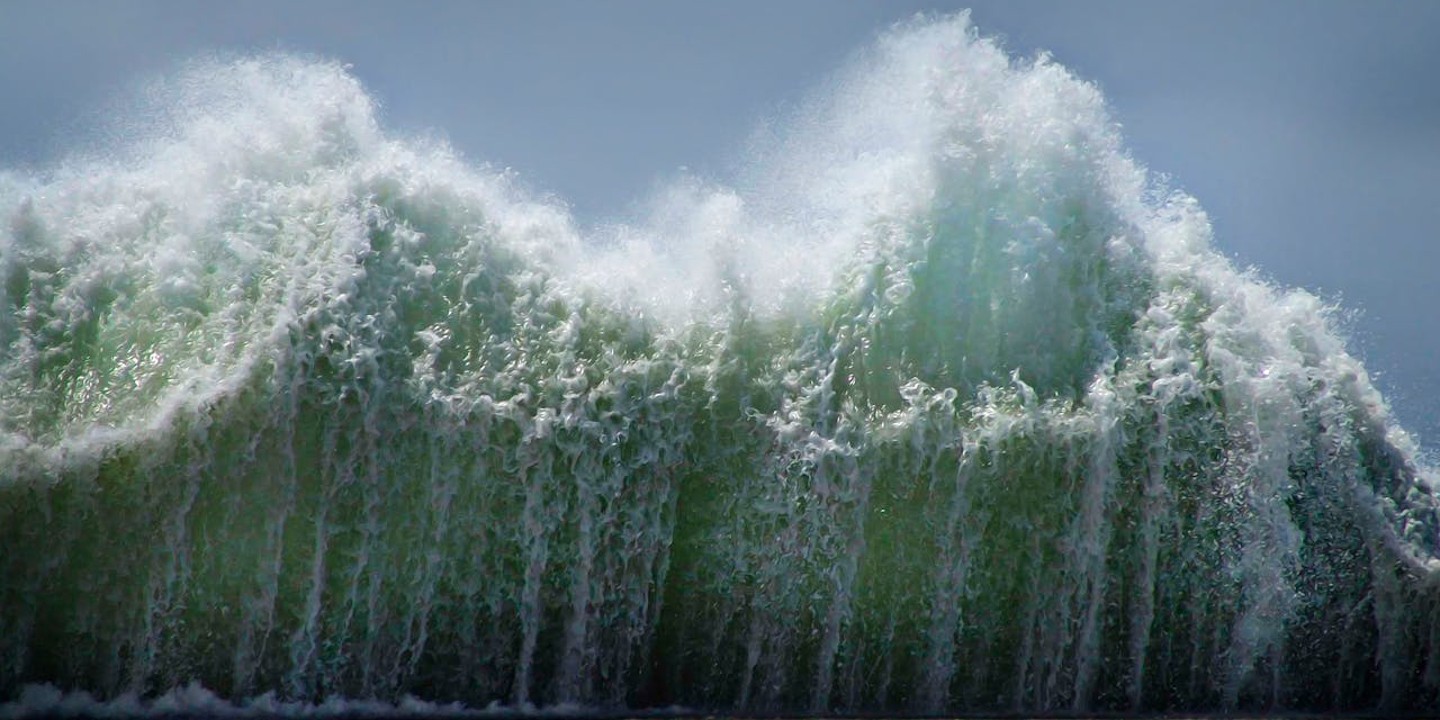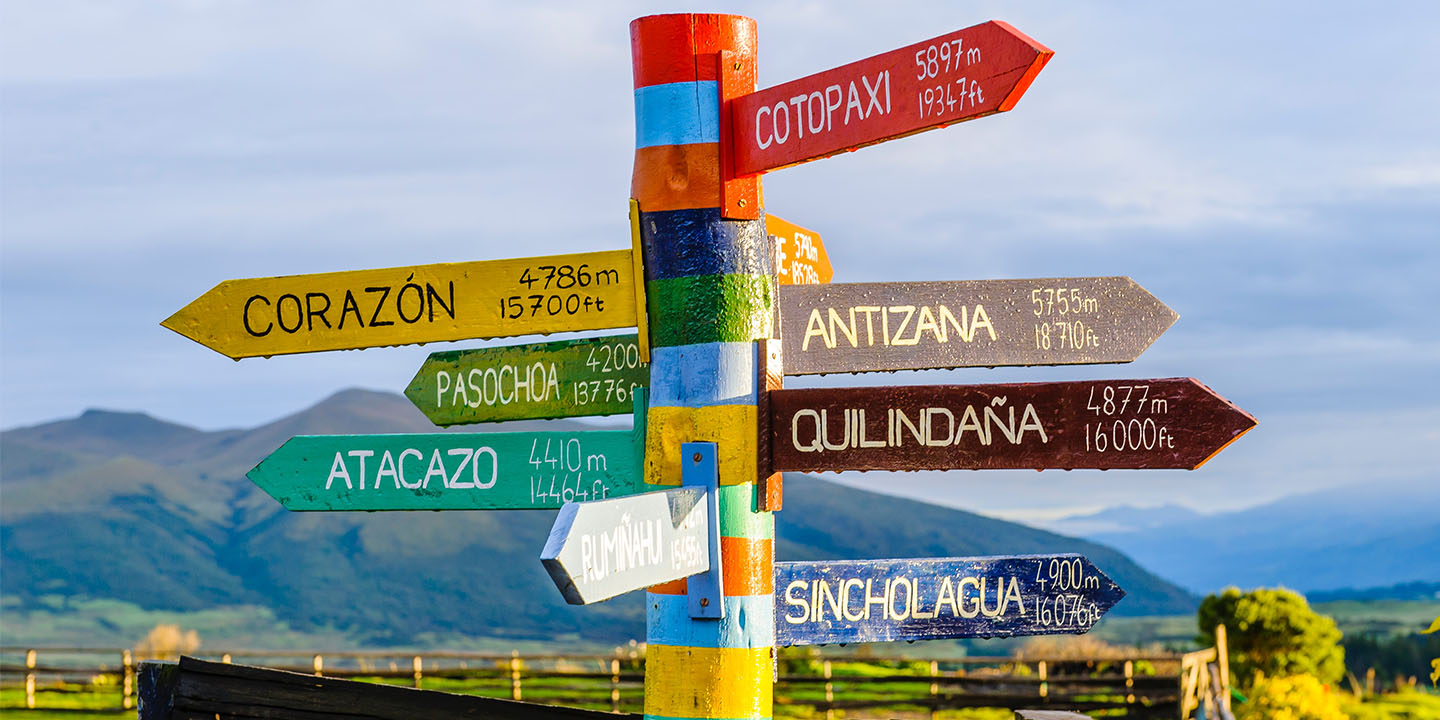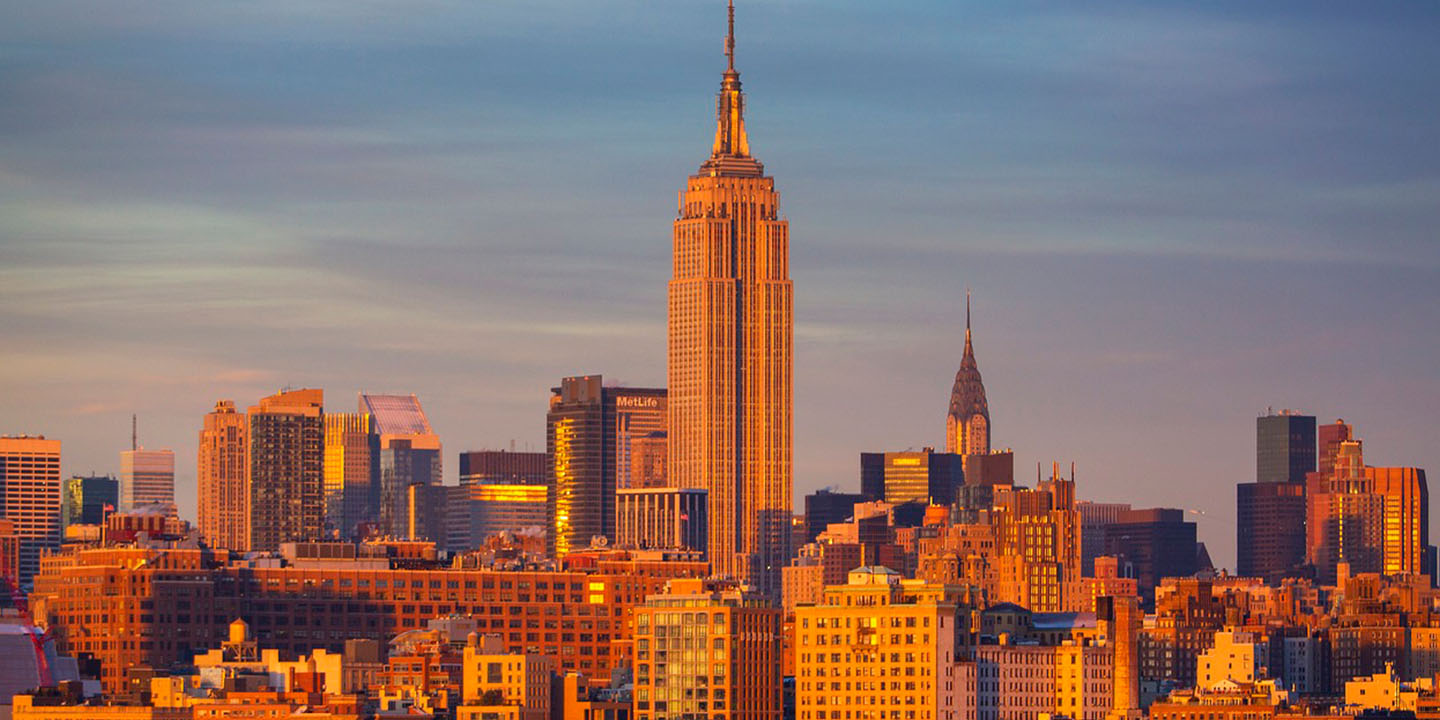Where Nature Feels Close
Every so often, you find yourself in a place where everything else seems to fade into the background, leaving only the vast shape of the land meeting the endless sky. These places, shaped slowly over time by the elements, carry a quiet power that lingers long after you leave, and this collection of 20 breathtaking destinations captures just how much there still is to marvel at in the world.
1. Mount Everest, Nepal
Mount Everest, the tallest peak on Earth, reaches 8,848.86 meters. It lies on the border shared by Nepal and China, where locals call it “Sagarmatha” in Nepali and “Chomolungma” in Tibetan. In 1953, Tenzing Norgay and Sir Edmund Hillary made history with the mountain’s first recorded ascent.
 Vyacheslav Argenberg on Wikimedia
Vyacheslav Argenberg on Wikimedia
2. Grand Canyon, USA
Over millions of years, the Colorado River carved the Grand Canyon, which extends 277 miles and measures up to 18 miles wide. The exposed rock layers, dating back as far as 2 billion years, reveal an incredible geologic history.
 Thomas Wolf, www.foto-tw.de on Wikimedia
Thomas Wolf, www.foto-tw.de on Wikimedia
3. Great Barrier Reef, Australia
By the coast of Queensland, the Great Barrier Reef spans more than 2,900 reefs, forming the largest coral reef system on Earth. This vast structure is visible from space. Within its waters, over 1,500 fish species flourish to underscore the reef’s vital role in ocean biodiversity.
4. Amazon Rainforest, South America
Nowhere else matches the scale of the Amazon Rainforest, which stretches across nine countries. It generates over a quarter of the planet’s oxygen. Around 390 billion trees form its canopy, while pink river dolphins swim through its network of life-sustaining rivers.
5. Cliffs Of Moher, Ireland
These cliffs rise 214 meters above the Atlantic Ocean and span about 14 kilometers along Ireland’s west coast. Puffin colonies nest on these towering cliffs, which served as a backdrop in Harry Potter and the Half-Blood Prince.
6. Yosemite National Park, USA
Yosemite’s granite cliffs include the towering forms of El Capitan and Half Dome. The valley floor holds stands of giant sequoia trees that add to the park’s grandeur. Protected early in U.S. history, Yosemite continues to demonstrate the importance of safeguarding wild areas.
7. Banff National Park, Canada
Established in 1885 as Canada’s first national park, Banff is set within the Canadian Rockies. It is famed for its vivid turquoise lakes, including Lake Louise. The rugged terrain is home to grizzly bears and other wildlife adapted to alpine conditions.
 Tobias Alt, Tobi 87 on Wikimedia
Tobias Alt, Tobi 87 on Wikimedia
8. Northern Lights, Arctic Circle
The Northern Lights illuminate Arctic skies with shifting colors from green to purple and red. This phenomenon appears when solar particles collide with atmospheric gases. Countries such as Norway and Iceland offer prime vantage points, where long nights reveal nature’s most mesmerizing light show.
9. Galápagos Islands, Ecuador
Thirteen volcanic islands form the Galápagos archipelago in the Pacific Ocean, a place central to Charles Darwin’s theory of evolution. Here, giant tortoises and marine iguanas thrive alongside other species found nowhere else. The biodiversity makes these islands a living laboratory of natural selection.
10. Serengeti National Park, Tanzania
Meaning “endless plains” in the Maasai language, the Serengeti covers 12,000 square miles of grassland and savanna. It hosts the Great Migration each year, as millions of wildebeest and zebras travel for new grazing. The area is also home to the “Big Five” safari animals.
11. Iceland’s Blue Lagoon, Iceland
The Blue Lagoon, set among stark black lava fields, offers an otherworldly contrast with its mineral-rich waters. This geothermal spa maintains a soothing temperature of 37–39°C year-round. Silica mud from the lagoon is also prized for skin treatments.
12. Victoria Falls, Zambia/Zimbabwe
“Mosi-oa-Tunya,” or “The Smoke That Thunders,” is the traditional name for Victoria Falls. This immense waterfall stretches 1,708 meters across and drops 108 meters in height. Its roaring waters create a mist visible from more than 30 miles.
13. Mount Fuji, Japan
At 3,776 meters, Mount Fuji is Japan’s tallest mountain and a lasting cultural symbol. This active stratovolcano last erupted in 1707 and has served as a pilgrimage site for a long period of time. Its snow-capped peak attracts visitors for both its natural beauty and spiritual significance.
14. Antelope Canyon, USA
In the heart of Arizona’s desert, Antelope Canyon twists through narrow sandstone walls shaped by flash floods and erosion. Its spiral formations and beams of filtered sunlight create a natural spectacle. The interplay of light and shadow draws photographers from around the world.
 Uploaded by Meckimac on Wikimedia
Uploaded by Meckimac on Wikimedia
15. Plitvice Lakes National Park, Croatia
A network of 16 terraced lakes joined by waterfalls defines Plitvice Lakes National Park, recognized as a UNESCO World Heritage Site. Its waters vary from azure to green, gray, or blue with changing minerals and light. Lynx and European brown bears roam its rich ecosystem.
16. Torres Del Paine National Park, Chile
The park is defined by its namesake granite towers that dominate the skyline. Its varied terrain includes glaciers, rivers, and lakes. Across the park, the landscape shifts constantly, moving from windswept plains to towering, ice-clad peaks.
17. Zhangjiajie National Forest Park, China
Zhangjiajie is China’s first national forest park and is famed for its towering sandstone pillars, which inspired the floating mountains seen in the film Avatar. These formations rise from mist-filled valleys. The park is also home to rare macaques, adding a lively element to its dramatic natural architecture.
 Kuruman from Tokyo, Japan on Wikimedia
Kuruman from Tokyo, Japan on Wikimedia
18. Krka National Park, Croatia
The cascading Skradinski Buk waterfall defines Krka National Park, where natural splendor meets cultural heritage. Swimming in designated zones is allowed, something uncommon in European parks, and the area supports over 800 diverse plant species.
19. Bryce Canyon National Park, USA
Bryce Canyon is celebrated for its vast concentration of hoodoos—tall, thin spires of rock formed by frost weathering and erosion. They are painted in lively shades of red, orange, and white. These formations stand beneath some of North America’s clearest night skies.
 Luca Galuzzi (Lucag) on Wikimedia
Luca Galuzzi (Lucag) on Wikimedia
20. Aoraki / Mount Cook National Park, New Zealand
New Zealand’s highest mountain, Aoraki / Mount Cook, stands within a park that also holds more than 20 peaks above 3,000 meters. Glaciers and dramatic ridgelines dominate the terrain. Being part of a Dark Sky Reserve makes it a premier location for stargazing.






















